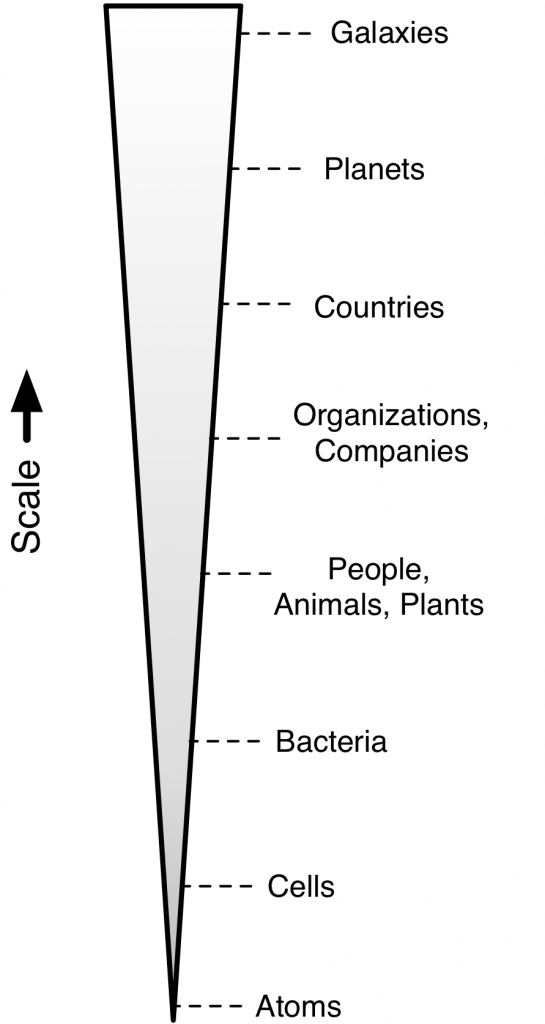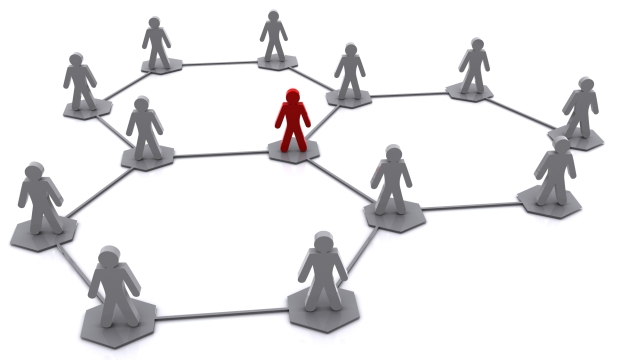
Modeling With Agents: Concluding Thoughts [Systems thinking & modelling series]
This is part 71 of a series of articles featuring the book Beyond Connecting the Dots, Modeling for Meaningful Results.

Modelers create models at many different scales. Models are used for representing the smallest atom (or the even smaller elemental particles that comprise an atom) to the massively large size of a galaxy. At each of these scales we have individuals. At a human scale we have individual animals or plants. As we increase our scale, we can start to talk about the interactions between individual companies or even countries. At the largest of scales, we can discuss the slow dance between individual galaxies.
Starting again at the human scale and this time reducing the magnitude of scale, we can see that our bodies are comprised of individual cells which in turn are comprised of individual atoms. Agent Based Modeling is a powerful tool for modeling these systems of individuals at whichever scale is best suited to the task.
In this section, we have taken you through the steps of constructing an agent based model. We described key tools such as the State Transition diagram and also introduced more advanced programming concepts. Using this toolset you will now be able to begin building your own agent based models. As you do so, always remember to first consider whether an Agent Based Model could more easily be represented as an aggregate System Dynamics model. Agent Based Modeling is a powerful tool but its power comes at a cost both in terms of computational power and cognitive effort in designing the model and interpreting its results.
Next edition: Going Global: Introduction.
Article sources: Beyond Connecting the Dots, Insight Maker. Reproduced by permission.



